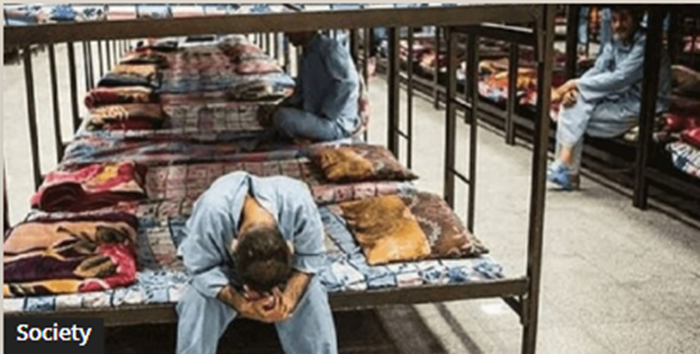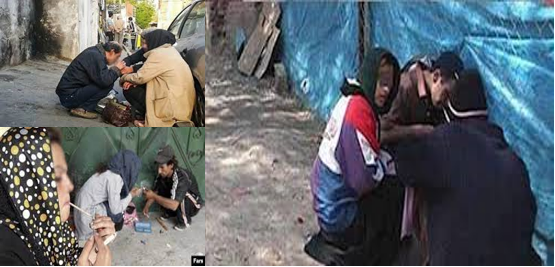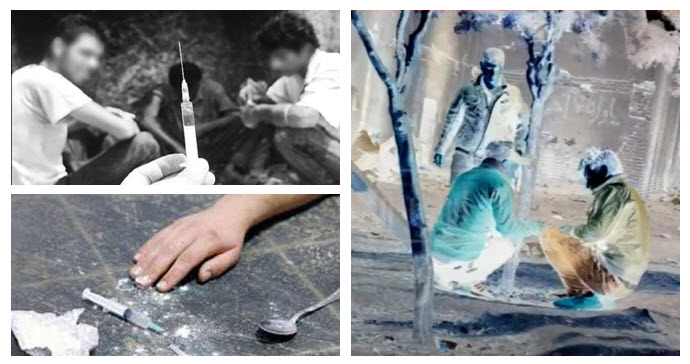

This incident is not just a standalone tragedy but a glaring example of the systemic failures of the Iranian regime in handling addiction and its treatment.
The irony of the situation is stark. The Iranian regime, known for its role in fostering addiction and transforming Iran into a nexus for drug trafficking, is the same entity responsible for managing rehabilitation facilities. Yet, instead of providing scientifically-backed treatments and compassionate care, these centers have become sites of horror, where neglect and abuse are rampant.
Reports from the regime’s own state-run media paint a harrowing picture of the conditions within these camps. Stories of dysentery outbreaks leading to deaths, paramedics exploiting patients for medication, and severe beatings for minor infractions are common. The severity of these reports is such that they often disrupt interviews, leaving those reporting visibly distressed.

The regime’s approach to controlling Iran’s addiction crisis includes forced labor camps, initially conceptualized in a 2010 agreement. These camps, situated on the outskirts of major cities, are often nothing more than prisons in disguise, where so-called “small drug dealers” are subjected to inhumane working conditions.
A revelation in 2016 brought to light the shocking conditions in a detention camp for drug-addicted women. Here, unsanitary living conditions, physical abuse, and deprivation of essential needs were routine, leading to several deaths.

The regime’s tactic of deflection is also noteworthy. In the Langrud camp fire, authorities were quick to label the incident intentional, arresting a former patient as the suspected arsonist. This pattern of blaming the victims is not unique to Langrud but is a disturbing trend observed in other incidents across the country, like the recent fire in Noorabad city, Lorestan province.
A Langrod city council member revealed the depth of the regime’s negligence, stating that government funds for building rehabilitation camps are virtually non-existent. Instead, dilapidated buildings, often former educational institutions, are repurposed with minimal renovations. The lack of adequate funding, largely dependent on the meager fees from patients, makes proper maintenance an unattainable goal.
Official statements and reports underscore this crisis. In 2018, a fire in a women’s rehab camp in Qarchak Varamin resulted in several injuries, some critical. The recent fire in Noorabad, though contained quickly, is yet another reminder of the ongoing catastrophe within Iran’s rehabilitation system.

This situation demands urgent attention and reform. The lives lost and the suffering endured by those in these camps are a stark reminder of the regime’s failure to protect its most vulnerable citizens.

MEK Iran (follow us on Twitter and Facebook), Maryam Rajavi’s on her site, Twitter & Facebook, NCRI (Twitter & Facebook), and People’s Mojahedin Organization of Iran – MEK IRAN – YouTu







